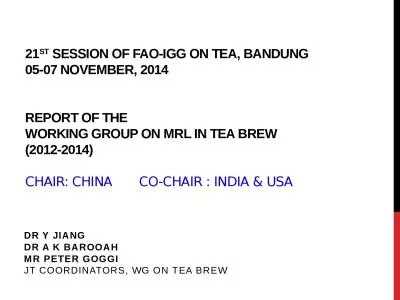PPT-How to Brew Sake By Marcelo Paniza
Author : jezebelfox | Published Date : 2020-09-29
Paniza Brewing Co What is sake Also referred to as Japanese rice wine or NihonShu 日本酒 meaning Japanese liquor is a fermented alcoholic beverage made by fermenting
Presentation Embed Code
Download Presentation
Download Presentation The PPT/PDF document "How to Brew Sake By Marcelo Paniza" is the property of its rightful owner. Permission is granted to download and print the materials on this website for personal, non-commercial use only, and to display it on your personal computer provided you do not modify the materials and that you retain all copyright notices contained in the materials. By downloading content from our website, you accept the terms of this agreement.
How to Brew Sake By Marcelo Paniza: Transcript
Download Rules Of Document
"How to Brew Sake By Marcelo Paniza"The content belongs to its owner. You may download and print it for personal use, without modification, and keep all copyright notices. By downloading, you agree to these terms.
Related Documents





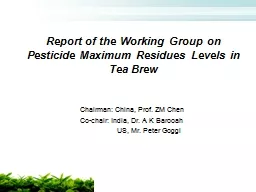


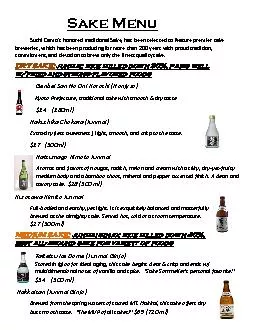

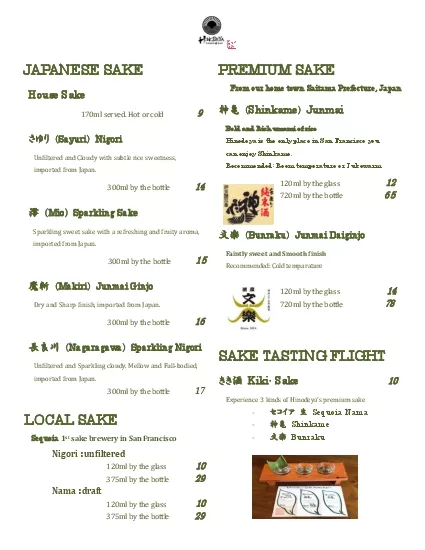
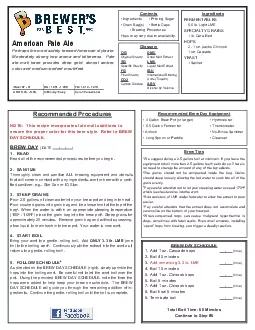
![[READ]-Brew Like a Monk: Trappist, Abbey, and Strong Belgian Ales and How to Brew Them](https://thumbs.docslides.com/954179/read-brew-like-a-monk-trappist-abbey-and-strong-belgian-ales-and-how-to-brew-them.jpg)
![[BOOK]-Brew Like a Monk: Trappist, Abbey, and Strong Belgian Ales and How to Brew Them](https://thumbs.docslides.com/957308/book-brew-like-a-monk-trappist-abbey-and-strong-belgian-ales-and-how-to-brew-them.jpg)
